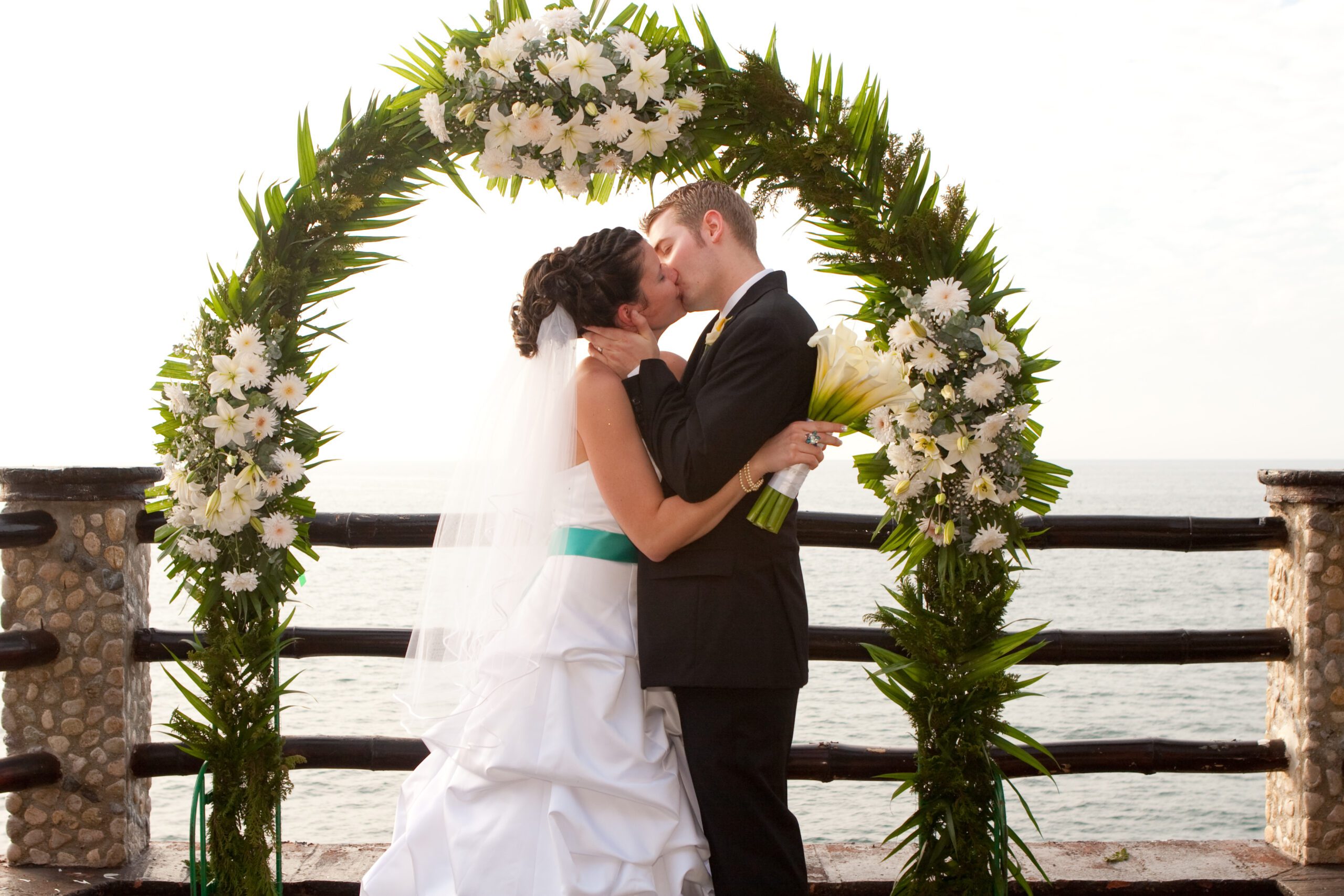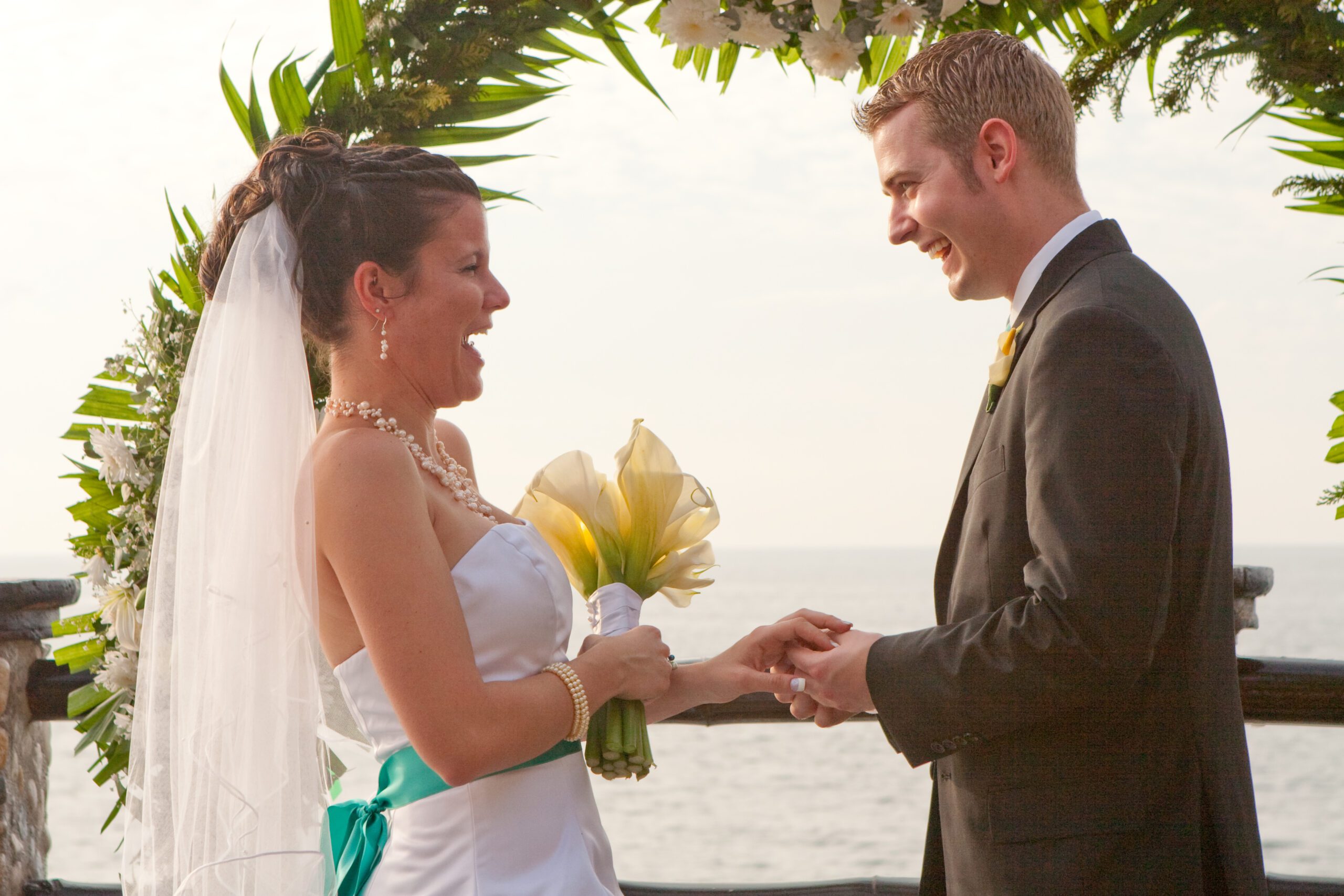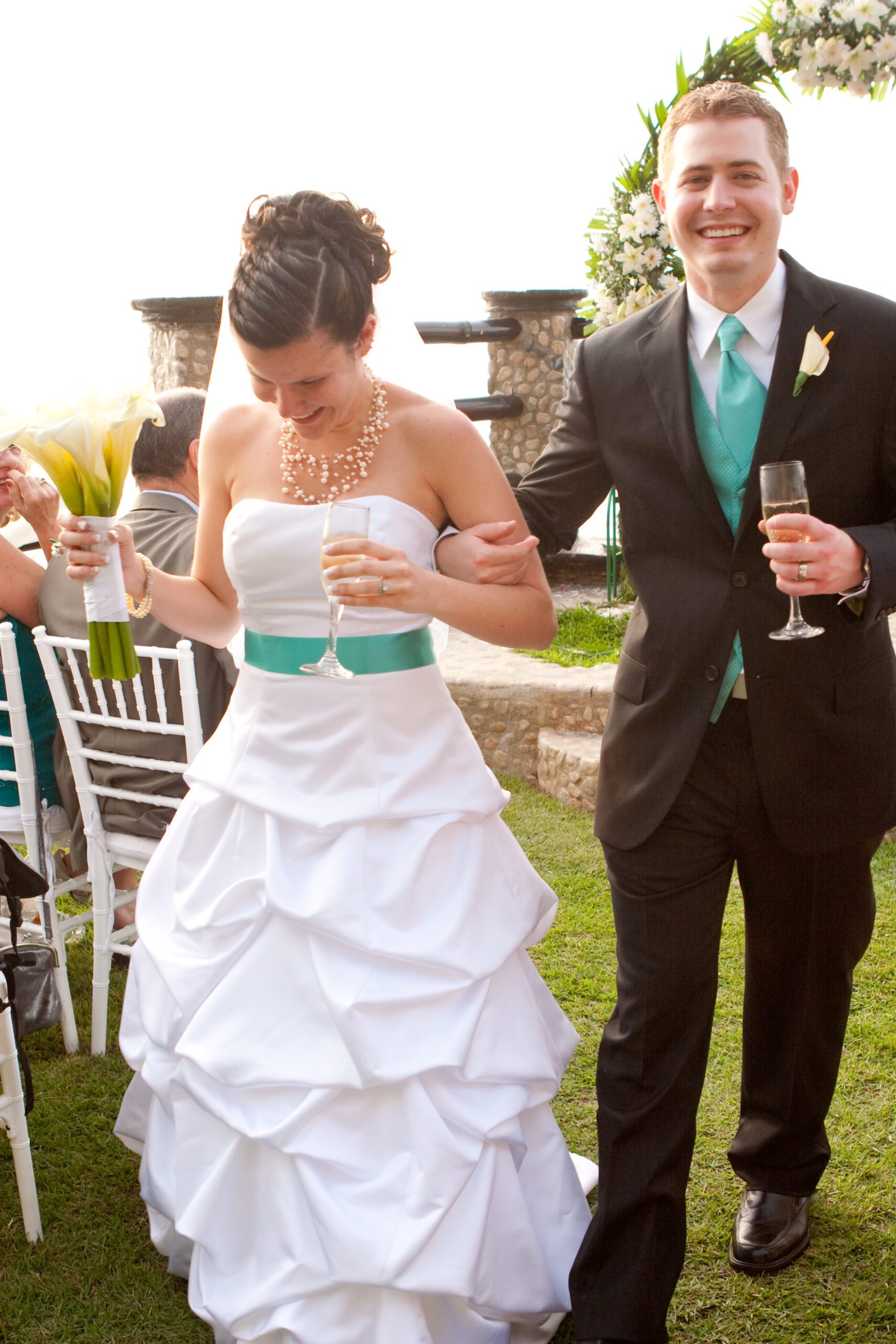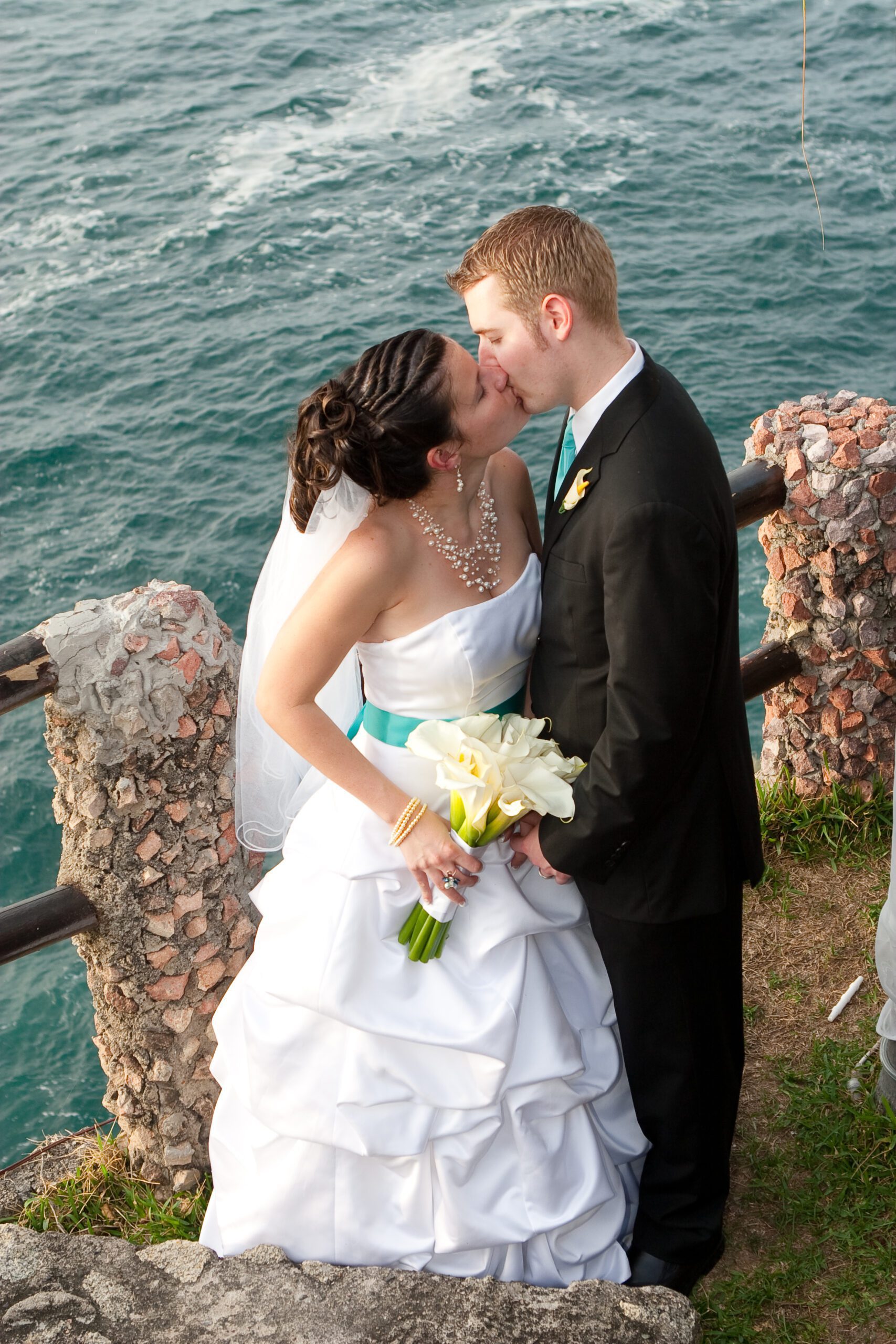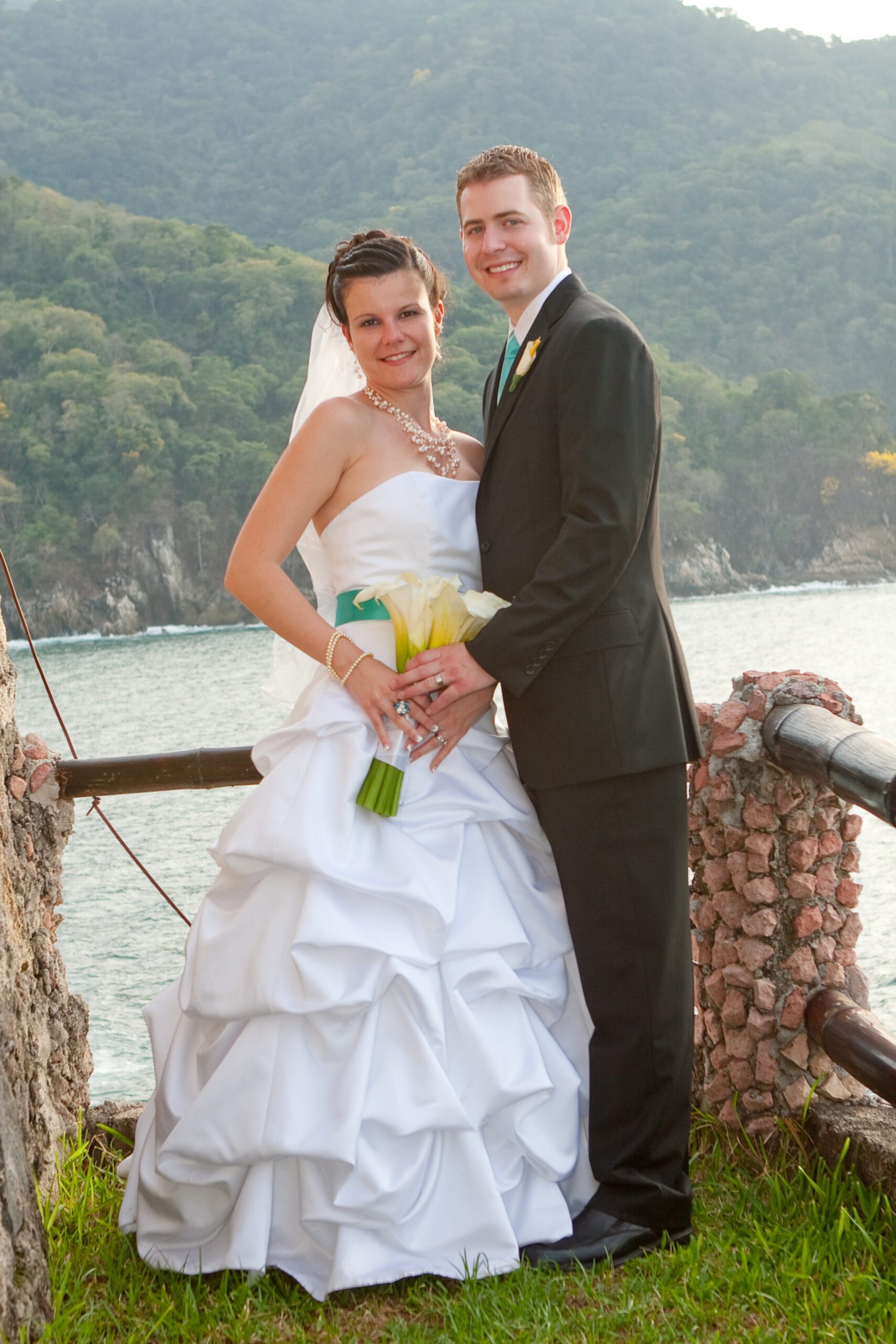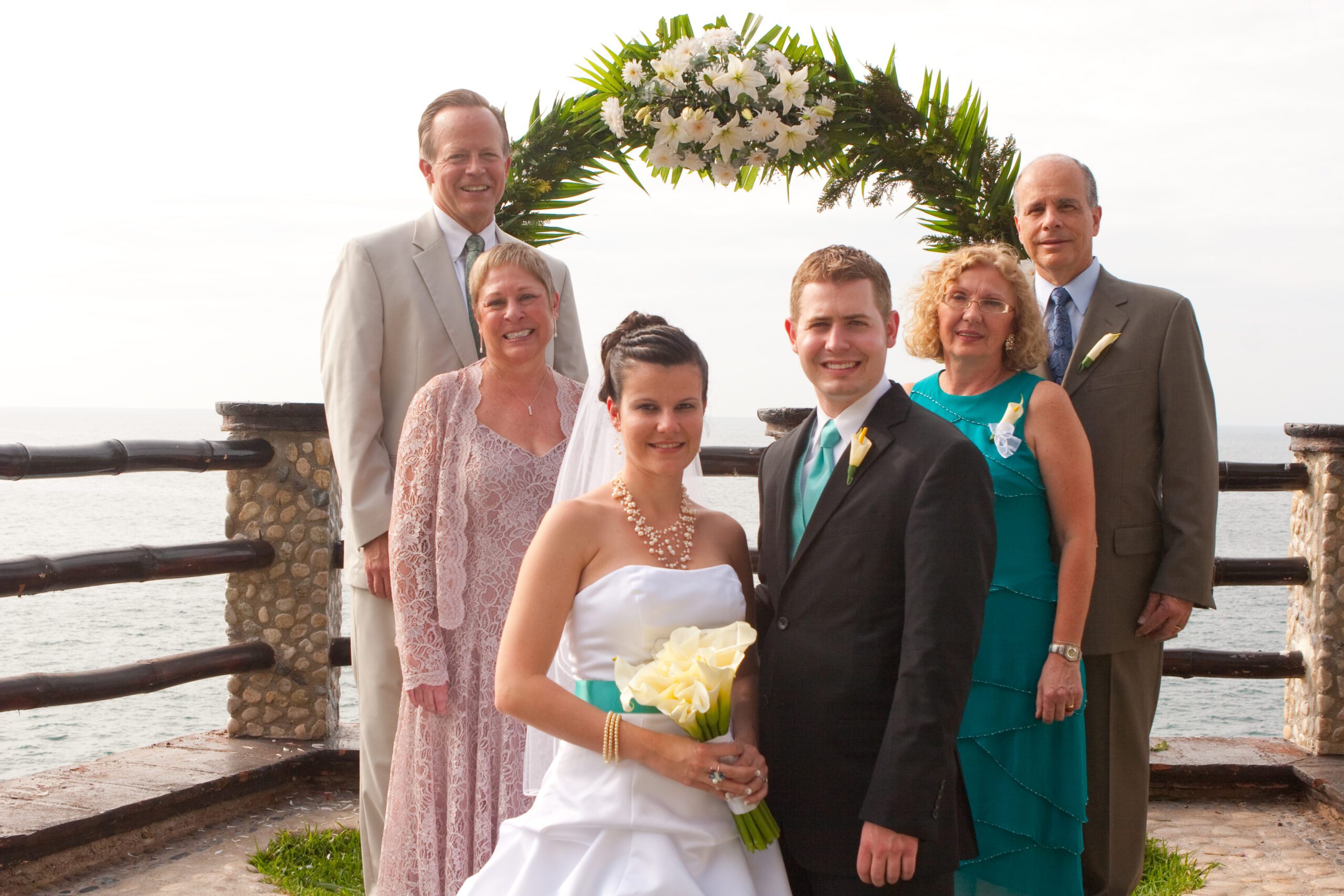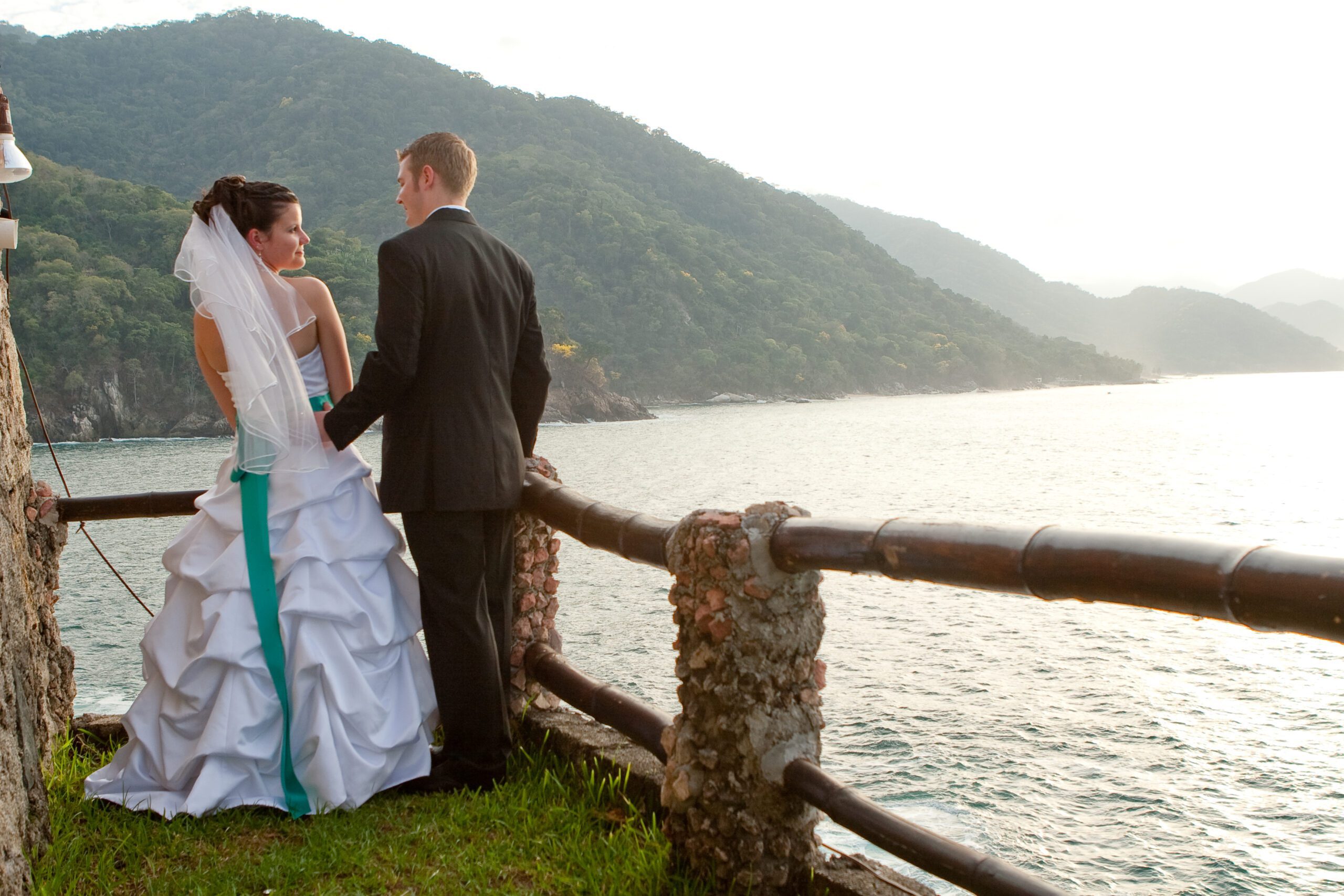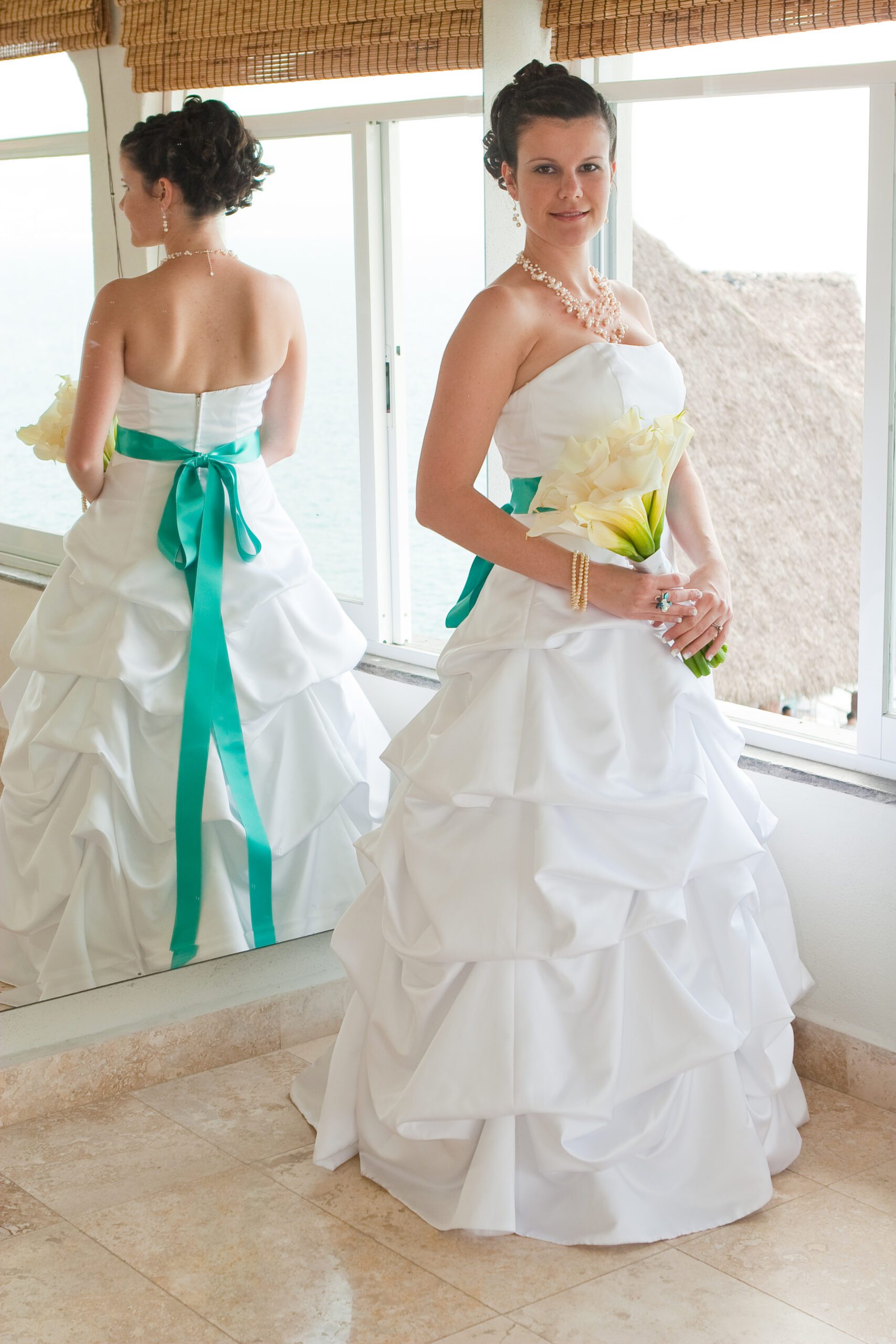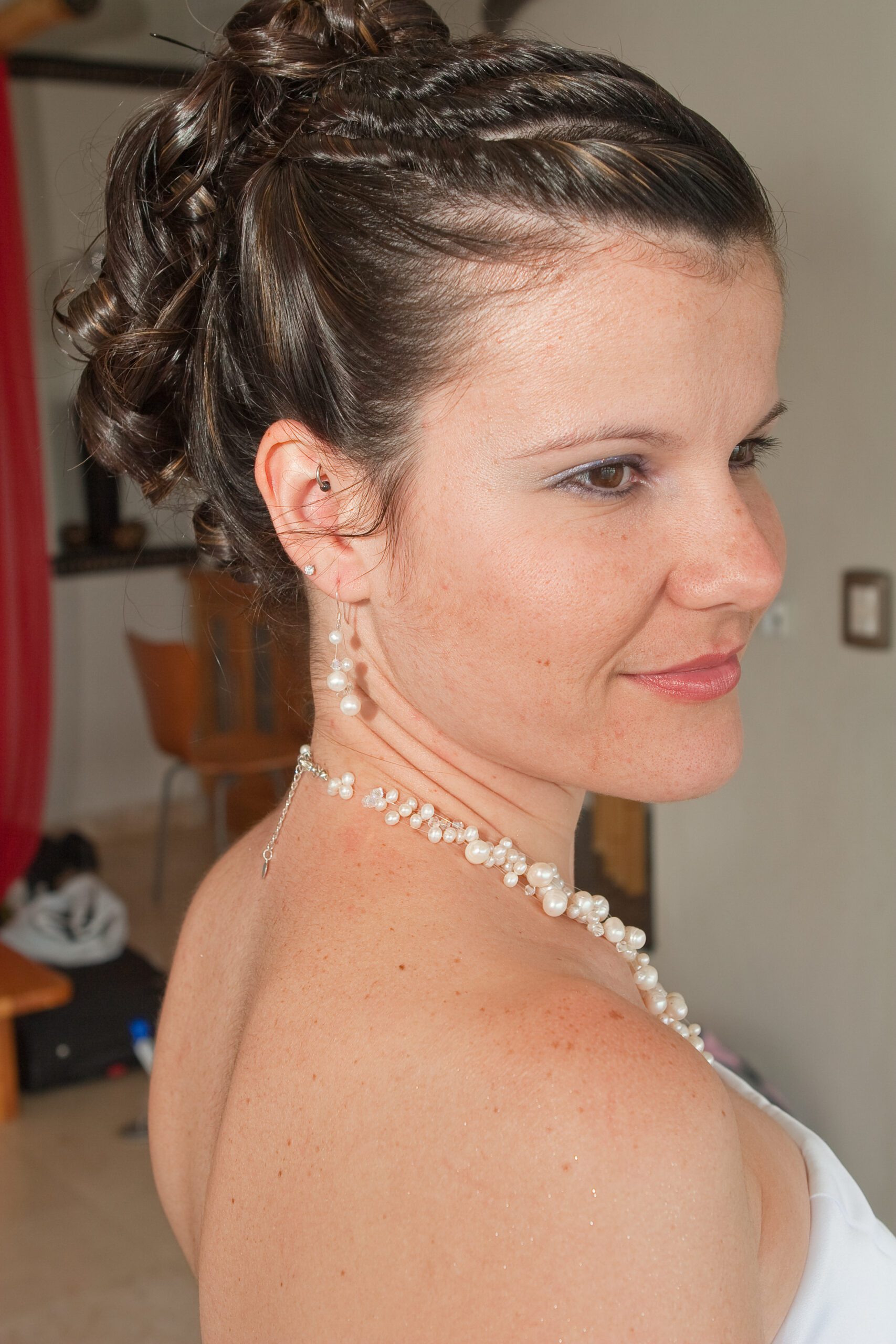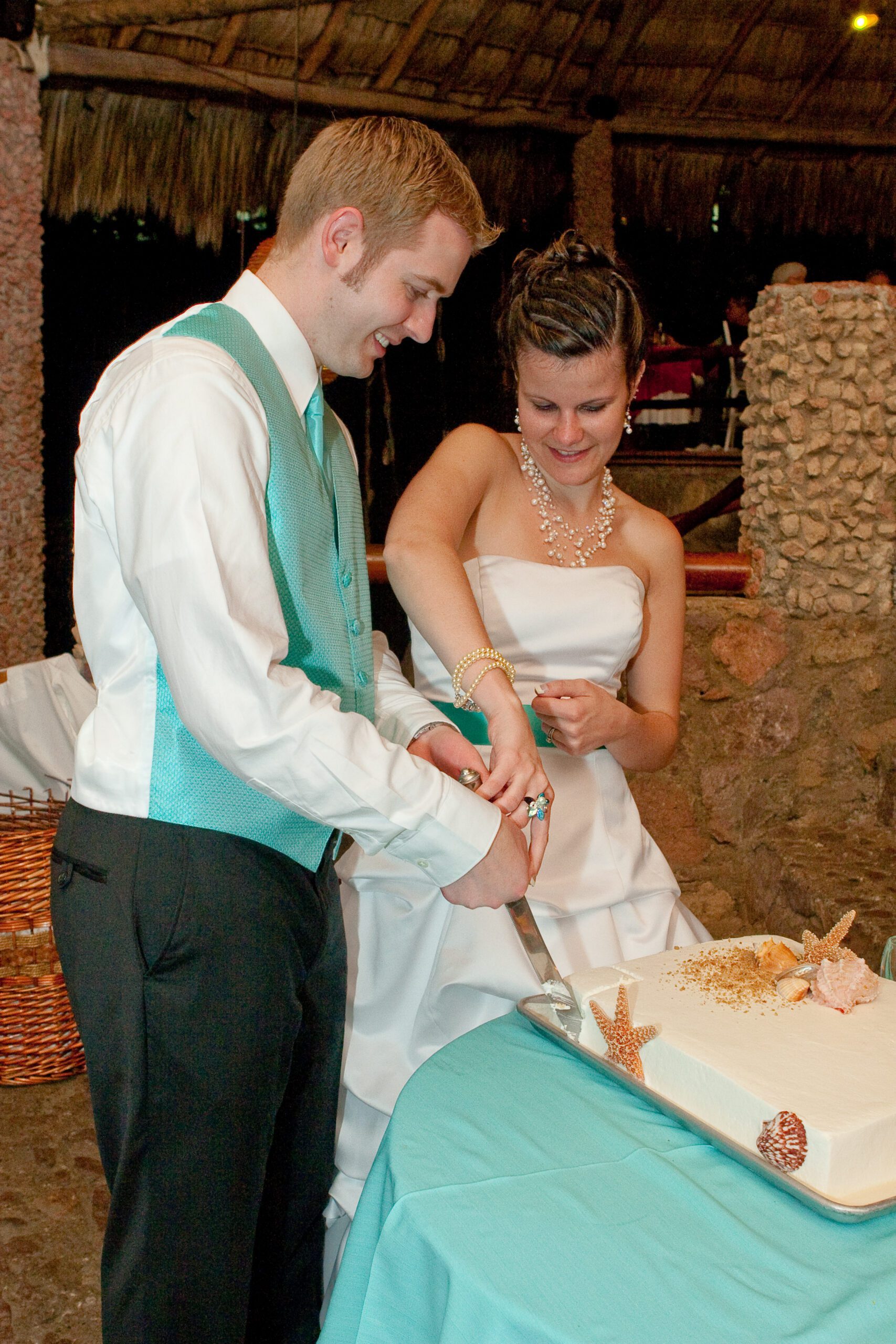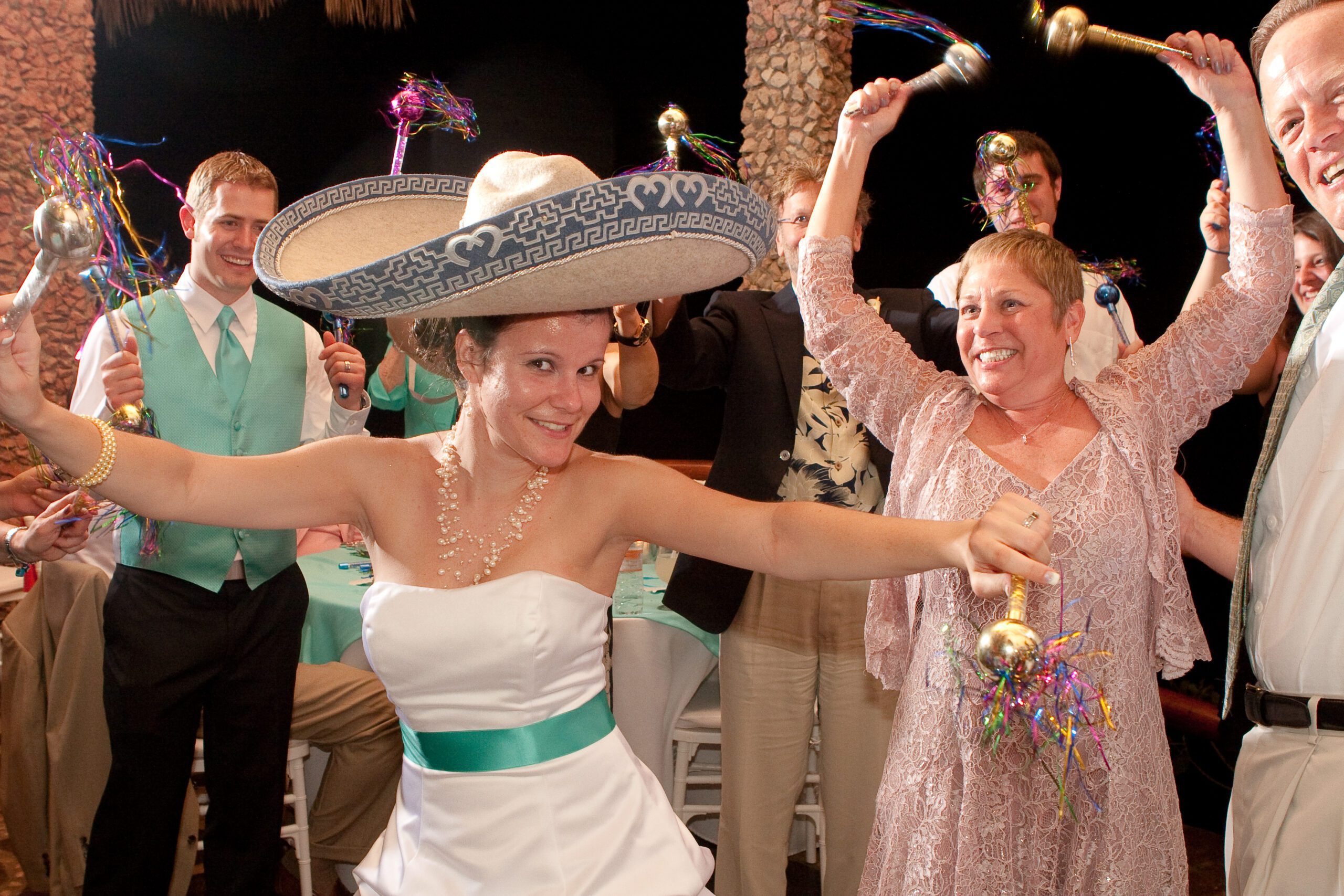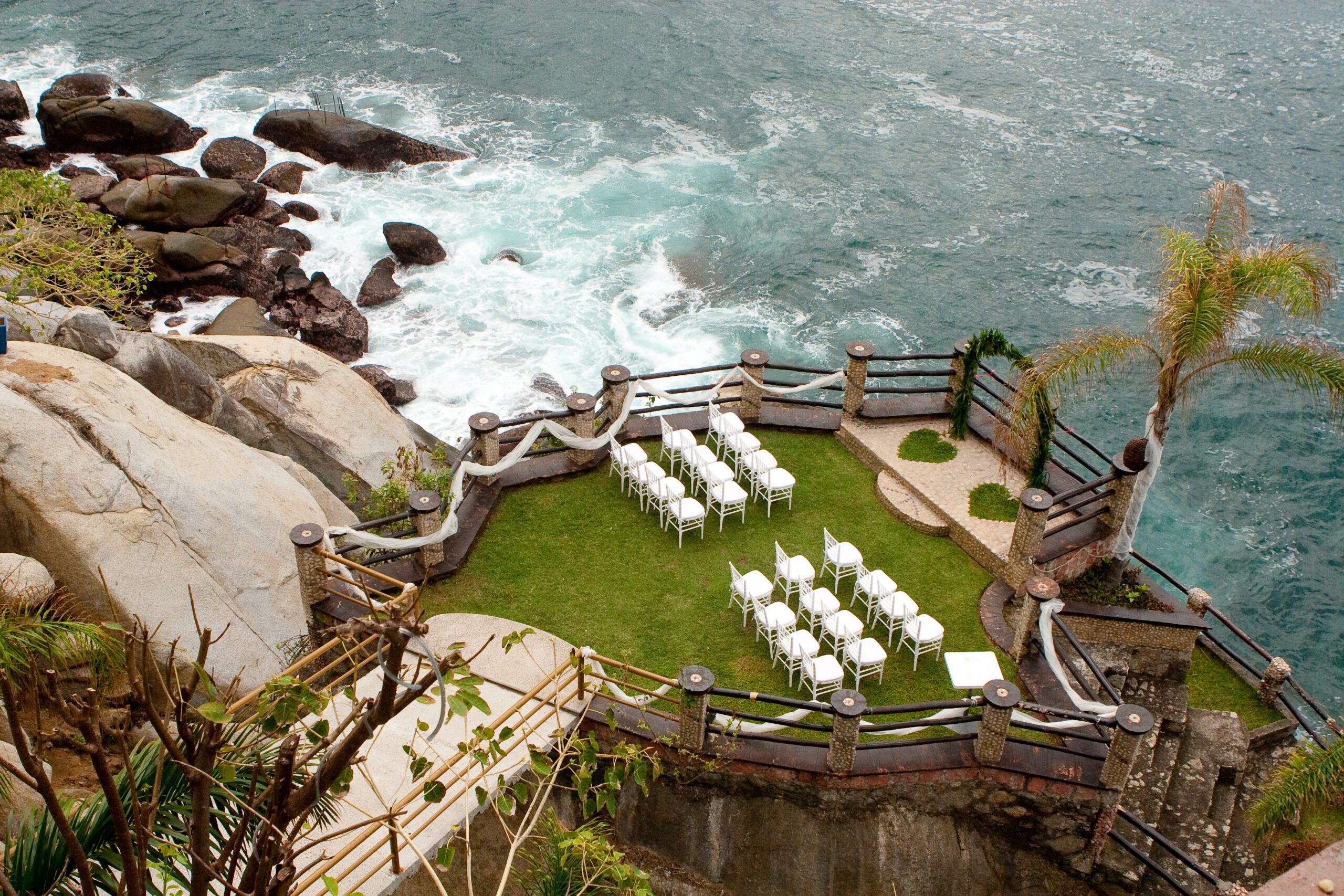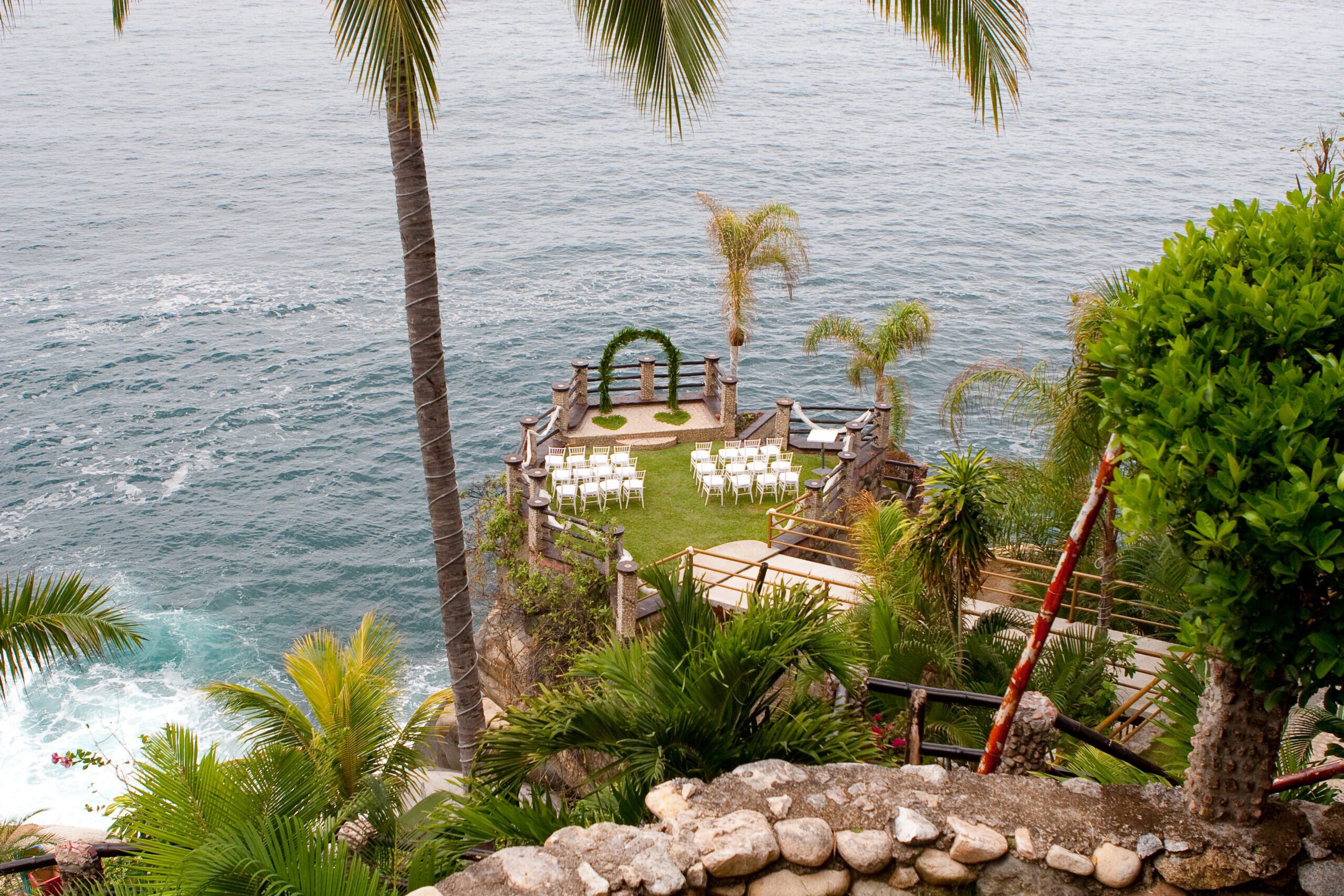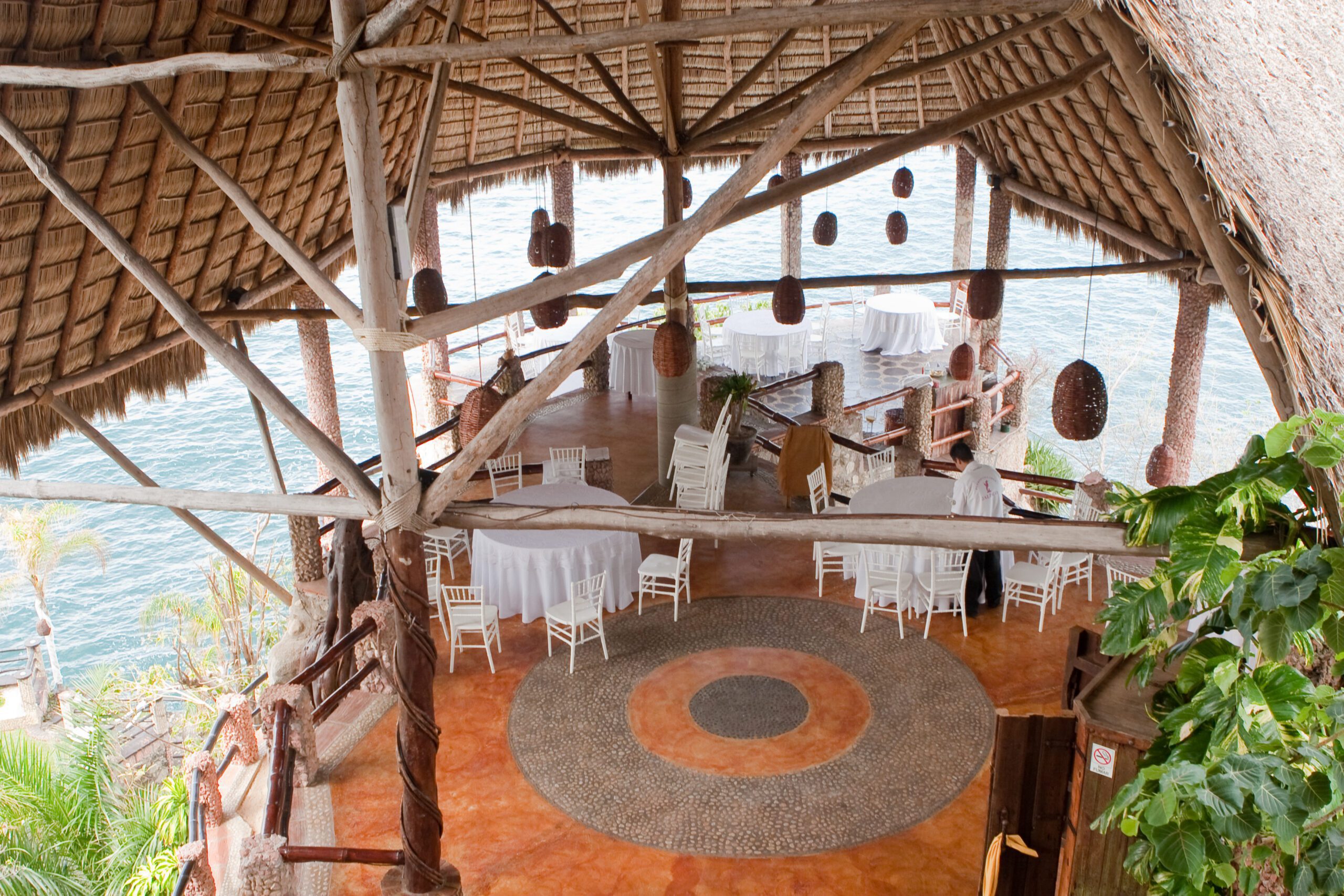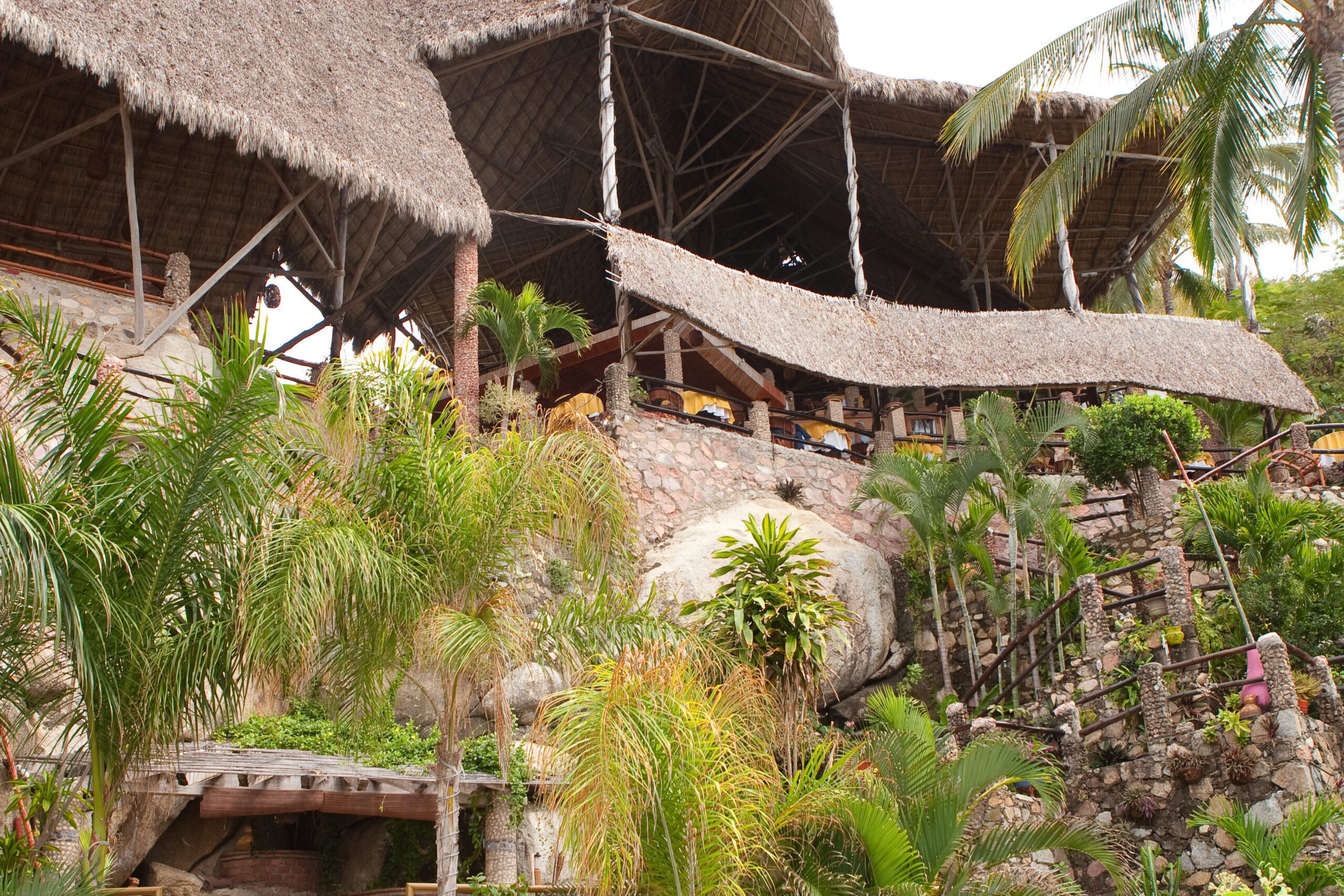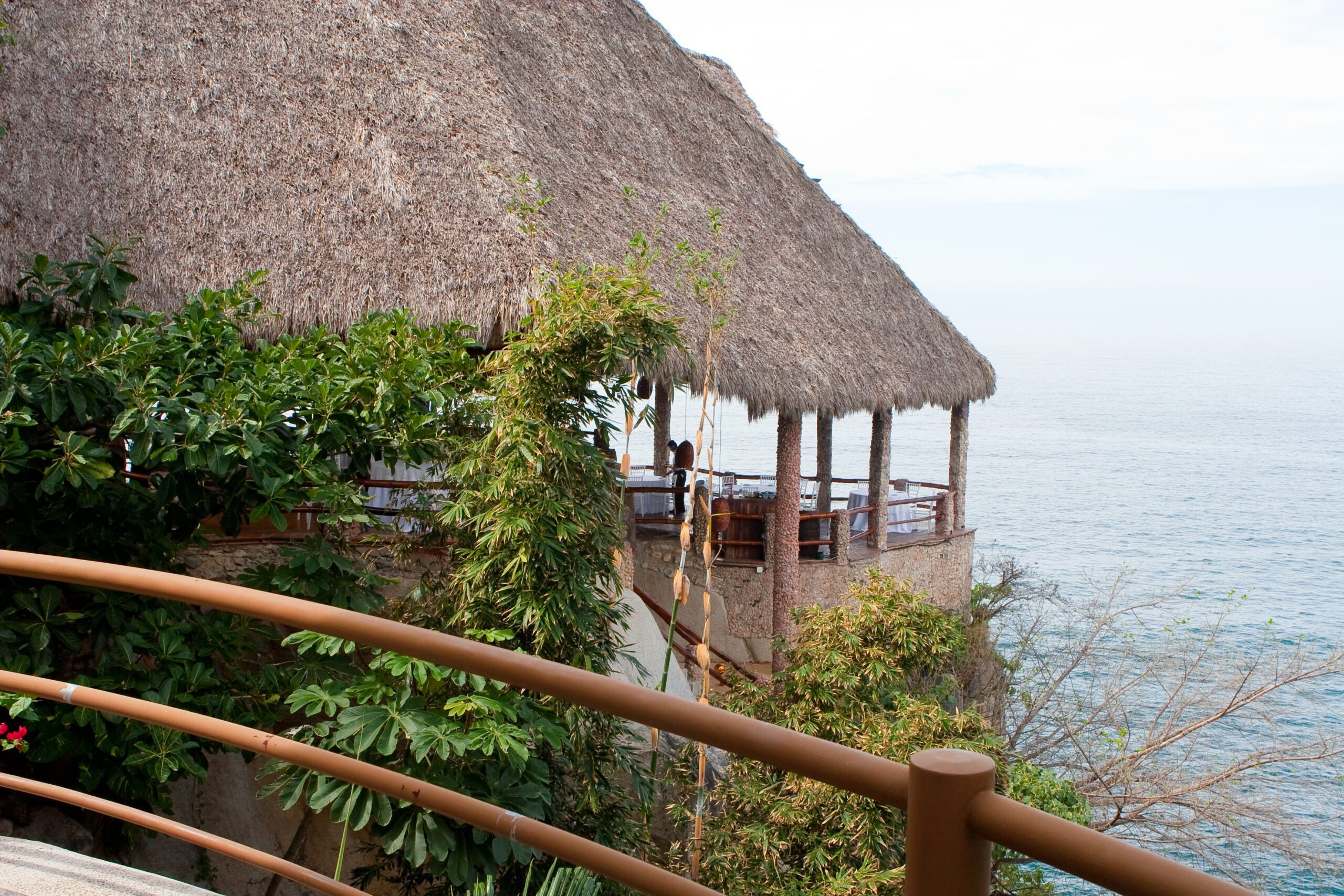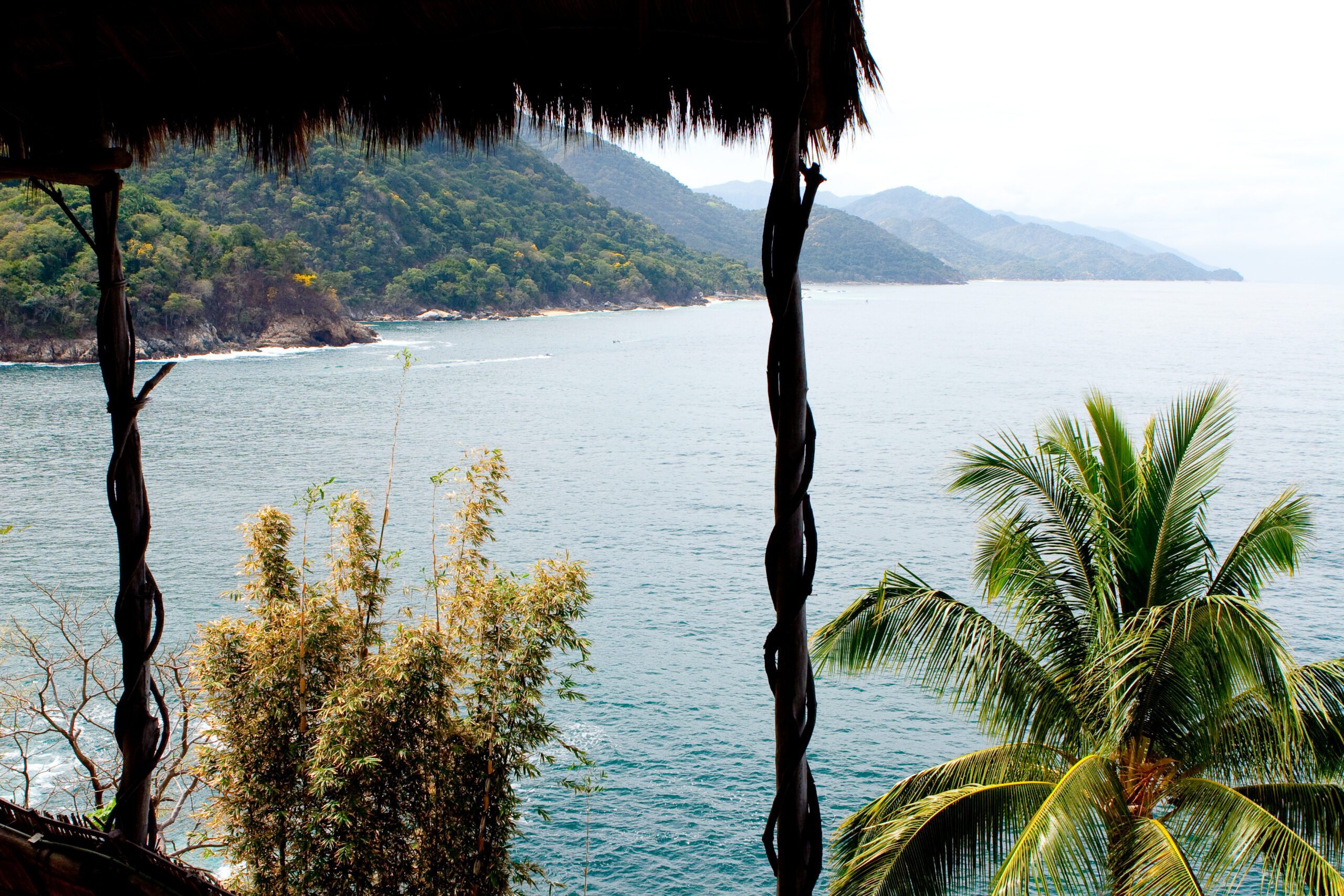“Happiness is not in the mere possession of money; it lies in the joy of achievement, in the thrill of creative effort.” -Franklin D. Roosevelt
DISCLAIMER: The content provided on this blog is for informational and entertainment purposes only. The views expressed are solely those of the author(s) and do not constitute financial advice. Readers should not consider any information on this blog as a substitute for professional financial, investment, or legal advice.
Any actions taken by the reader based on the information provided on this blog are taken at their own risk. The author(s) and/or publisher(s) of this blog will not be held responsible for any losses, damages, or consequences that may arise from following the information, advice, or suggestions mentioned herein.
Please consult with a qualified financial professional before making any financial decisions.
This quote couldn’t better represent our wedding. In short, we pulled off a destination wedding for less than $10k.
Photos by Digipixart
Marriage
Marriage is a big step, and I’m not just talking about relationships or legalities—it’s a big step financially. You and your partner are combining finances. Whatever financial baggage you’re carrying and whatever financial baggage your partner brings along, it all becomes yours. Together, you’ll have to manage it, deal with it, and, if need be, drag it around for the rest of your married lives. And as if that wasn’t enough, your friends and family are about to celebrate the union of two people’s financial baggage.
Finances are one of the biggest sources of conflict for couples (just ask the American Academy of Matrimonial Lawyers’ Making Marriage Last). You’d think most of us would sit down and have a serious financial talk before signing up for 60+ years together, right? Yet, most of us don’t. Instead, we focus on planning the wedding ceremony—a single day where we’re likely to spend tens of thousands of dollars we may or may not have. A day that could start our marriage off on the right foot… or maybe the left.
Anna and I did have that financial conversation, though. It didn’t exactly go smoothly—it ended in a horrible fight. But that fight set the stage for something important: it got us on the same financial path, ultimately leading us to combine our finances and align our goals.
Persuading
If you’ve read How Did We Meet, you know Anna is usually the one to make the first move in our relationship. But not this time. That’s right, point for Adam! 😊
Since 2000, my family has been taking yearly/every other year trips to Mexico in December. We absolutely love it there. On one of those trips, we discovered a restaurant called Le Kliff, about an hour’s taxi ride from Puerto Vallarta. The moment I saw it, I knew I wanted to get married there. It just felt right. Of course, this was long before Anna and I had even met.
Fast forward to 2007: Anna said Yes!, to coming to Mexico with us (we’re not at the Le Kliff part yet).
Step 1 – Convince Anna to come to Mexico – Check
We’d been dating for two years, and I was really excited for Anna to join us on a family trip. I’m sure Anna was excited too, though probably nervous about spending a week with her boyfriend’s parents.
Side note: I had actually asked Anna back in 2005, just a few weeks after we started dating if she’d like to go to Mexico. That was a hard pass. Her primary concern? What if we broke up in the six months before the trip?
Fair enough.
Before the trip, I sat down with my parents and asked, Could we schedule a dinner at Le Kliff? I’d really like to take Anna there and see if she’d like to get married there. They said of course, because they also loved the views and food at Le Kliff.
Step 2 – Ask my parents about going to Le Kliff – Check
Le Kliff is about an hour’s drive from our resort. We hopped into the taxi and drove through the historical, pretty, and bustling downtown area of Puerto Vallarta. Along the way, we passed the malecón (boardwalk) with the ocean on our right, full of people, restaurants, shops, and vendors. As we exited town, the road paralleled the ocean for about 45 minutes, with lush green mountains tumbling down to meet the water.
In reality, though, it was four people squeezed into a tiny, four-door yellow taxi on cobblestone streets and windy roads. I spent most of the ride trying not to get carsick. (The nerves probably didn’t help either.)
Step 3 – Don’t puke in the car and look like I’m enjoying the scenery the entire way (I easily get motion sickness btw) – Check
I open the taxi door, Anna slides out from the middle seat wearing a pretty and casual summer dress. Perfect for the warm weather in Mexico. She says thank you as I offer her my hand and just stands there looking at the front of a restaurant.
Silently
From the street, all you see is the front of a restaurant. Nothing super exciting. It is a bit underwhelming.
As we walk up to the building, we have to take a set of stairs down into the restaurant. At the bottom, that’s when the views open up. That is when Anna sees why it is called Le Kliff.
From the first level, we can see the stairs continuing all the way down to the ocean. We can see the wedding venue at the bottom. We can see the tiny heart-shaped patch of grass where the bride and groom are supposed to stand.
I turn to Anna and ask, Would you like to get married here?
Side note: I had already proposed to Anna by that point, and she’d said yes. For the proposal, I borrowed the latest and greatest high-definition (HD) camera, which recorded in 480p, from Circuit City. Side side note, 4k is 36 times better quality than 480p. This was 2007 though and HD was both new and extremely expensive. I recorded a video of me wearing my Circuit City shirt in front of the customer service counter where we first met. In the video, I talked about some random thing and then ended with, I have a question for you. By the way, I did this all in Spanish.
I then drove to the Circuit City where she was working—it only seemed fitting since we had met at one—and took her into the sound theater (the area with all the nice TVs and sound systems). I played the DVD recording, and at just the right moment, I dropped to one knee and asked, Will you marry me? That part was in English though.
Back at Le Kliff, it took less than a second for Anna to turn to me and say, YES! I’d love to get married here. OMG, this place is so beautiful.
Step 4 – Not pass out while I asked Anna to marry me here – Check
Step 5 – Hope she says yes – Check
Photo by Digipixart
To be honest, I wasn’t even thinking about the cost at the time. I had no idea how much the venue would cost or what a destination wedding might add up to. All I knew was that it was a stunning location, and it felt like the perfect place to marry a beautiful woman on a perfect day.
Plus, we could roll it into our honeymoon—a total win-win. I’m all about maximizing opportunities whenever I can. Case in point, we got married on Valentine’s Day. Valentine’s Day + wedding anniversary = So much winning. Plus, I can’t forget the date.
Planning
When we got home, the research and planning began.
Did you know that in 2010, the year we got married, the average wedding cost was $26,000? Of course, that number varied depending on where you got married. New York topped the list at $52,000 (excluding NYC, which hit a whopping $70,000), while Utah was the most budget-friendly at $13,000. Oh, and that’s not even counting the honeymoon (Business Wire).
Fast forward to 2023, and the average wedding cost had climbed to $35,000. New Jersey took the lead as the most expensive state at $55,000, with Utah holding its spot as the most affordable at $17,000 (The Knot).
A destination wedding was starting to look a lot more appealing, but it also came with its own set of questions.
- Can we get married in Mexico?
- What is the marriage process like?
- How do we make sure it is recognized in the US?
- What is the cost of renting the venue?
- Food?
- Mariachis/Music/Band?
- Flowers?
- Airfare?
- Accommodations?
So many questions.
Process
Step One: Contact Le Kliff
And that was really it—for everything. A few years in advance, we reached out, locked in the date, and they took care of the rest. It was incredibly easy and stress-free. Sure, there were a lot of emails to finalize the details, but because they’re a restaurant, they handled the food, drinks, and even the cake.
They also connected us with florists for local, in-season flowers, coordinated with a mariachi band, and guided us through the marriage process. They even arranged transportation.
Side note: Getting legally married in Mexico comes with some requirements—counseling, blood tests, watching videos, and so on. That sounded way too complicated. To simplify things, we went to a lawyer’s office, got married in five minutes, and dropped off the paperwork at the courthouse. We then went grocery shopping afterward as a married couple. As a bonus, we got to file taxes as a married couple one year earlier. With the legal part out of the way, we could focus entirely on the ceremony.
Step Two: The Accommodations
Since we have a timeshare in Mexico, we asked if we could pull forward the following year’s stay (2010 + 2011) into a single week. That gave us two one-bedroom units, which we split into four studios—just enough rooms for immediate family (my parents, Anna’s parents, Anna’s brother and his wife, and my grandma and her friend). We only had to pay an extra maintenance cost of about $1,000.
This setup had another perk: it allowed the eight of us to check in on Thursday, a perk of owning a timeshare there, instead of Saturday, which is the typical check-in day. Since our wedding was on Sunday, we had Saturday to help guests settle in, sort out groceries or activities, and plan day tours. Then, we spent Monday through Wednesday with everyone, after we got married, before starting our honeymoon.
For that, we used another future year’s timeshare week at a resort 45 minutes away from the first one.
Some ways we reduced costs:
- Invitations – We made our wedding invitations out of recycled paper, by soaking used office printer paper and newspapers in bins of water, turning them into pulp, straining them, and drying them in the sun, in the backyard of Anna’s parents’ house. We then printed out invitations on them. It was a lot of work, but a lot of fun.
- Flowers – We chose local, in-season flowers for the wedding, keeping costs down and supporting the local community.
- Center Pieces – We created ocean-themed candles as centerpieces and souvenirs. Using square glass containers from a hobby shop, we filled the base with sand, melted candle wax, added food dye for an ocean-like hue, and placed different seashells inside. It was really fun making them.
- Dinner – We opted for local dishes, primarily seafood, with chicken and vegetarian options. Only three people chose the chicken option and everyone else went for the seafood option.
- Guests – We invited about 100 people, but as is common with destination weddings, we knew not everyone would be able to attend. In the end, 28 RSVP’d, and 14 made it due to an unexpected snowstorm (“snowmageddon”) during the travel week. That part wasn’t planned. Unfortunately, that prevented half of the people from being able to fly out. The smaller attendees wound up being a huge benefit. It allowed us to rent a single level of the restaurant, which allowed the restaurant to stay open for other guests, drastically reducing our costs. It also allowed us to sit with each of the guests and spend quality time with every single one of them versus the traditional thirty seconds most of us are used to at traditional weddings. We even got rid of our bride/groom table and just sat at the two tables with our guests and enjoyed their company.
- Music – We made our own playlist and loaded it onto an iPod, carefully arranging the songs in order. When the time came, we just started the appropriate playlist. The restaurant provided the speakers, keeping things simple and affordable.
- Photographer – Since Anna was working as a wedding photographer at the time, she asked her boss to photograph our wedding. We covered all his expenses, including accommodations, flights, and the hotel.
- Suit – I splurged on a $500 suit from BCBG, which felt expensive at the time but turned out to be an excellent investment. Twenty-five years later, I still wear that suit for any occasion that calls for one.
- Wedding Registry – Along with a traditional registry for physical items, we set up an activities registry. It included dinners, tours, and other fun experiences. Guests could gift us these activities, which we enjoyed during our honeymoon. Afterward, we sent each person photos of us doing the activities they’d gifted—a fun way to share the experience with them.
Photo by Digipixart
What really surprised us was the total cost. Our entire wedding, including the extra week we spent on our honeymoon and activities, came in at under $10,000.
Now, some of you might be thinking, blah, blah, blah—you cheated. You had a timeshare, and that drastically reduced your costs. Your wedding cost way more! And sure, you’re not wrong. My parents bought a studio timeshare back in 2000—ten years before our wedding. They paid $10,000 for it, and I remember that well because they used my credit card to buy it (it didn’t have overseas fees). A few years later, they upgraded to a one-bedroom for another $10,000. Still, that purchase was made seven years before Anna and I got married—and two years before I even met Anna.
The truth is, we simply used the resources we had to reduce our overall costs. And here we are, 25 years later, still enjoying that same timeshare. The group has grown to six people now—my dad, stepmom, stepbrother, his girlfriend, Anna, and me—and we still visit every other year. That purchase from over two decades ago continues to bring value to our family.
If we hadn’t had the timeshare, the cost still would have been reasonable. I checked the resort’s website recently, and as of 2025, studio rooms can be booked for $171 per night. For four studio rooms over seven nights, that would come to $4,788, plus any service fees. A one-bedroom unit, like the one we used for our honeymoon, costs $231 per night, or $1,617 for seven nights. Adding $6,405 in 2025 dollars.
Last year, Anna and I returned to Le Kliff for dinner and did a resort tour, if you wanted to see them.
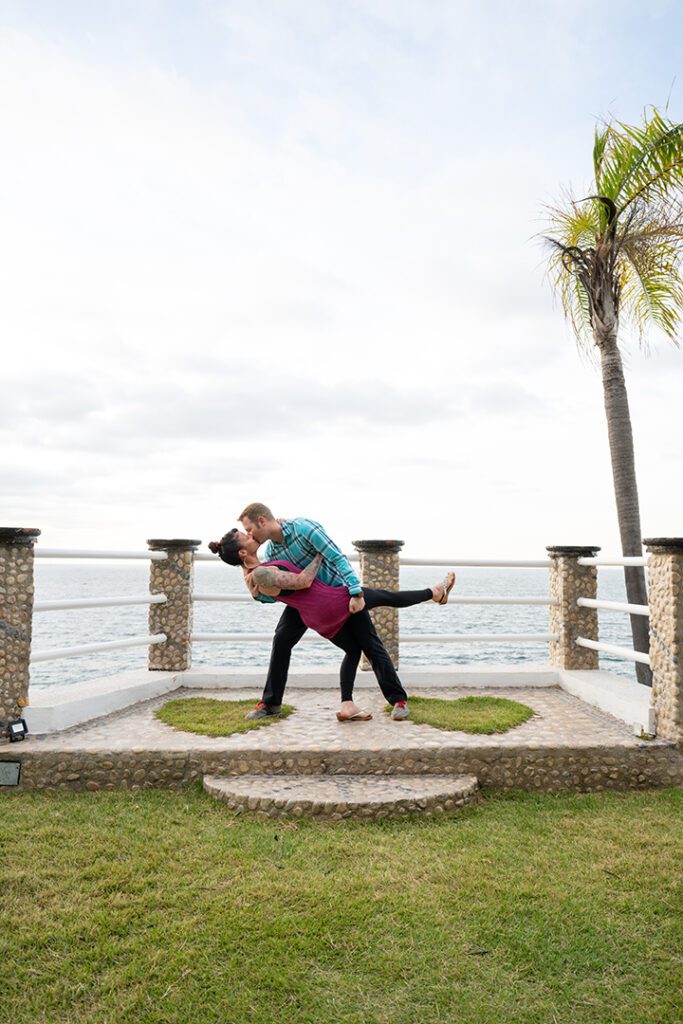
Financially Preparing
While ten thousand dollars is a lot of money, Anna and I didn’t rush into our marriage. We moved in with each other in 2007. That gave us three years to save and had additional benefits:
- 1st – Could we live with each other?
- 2nd – Could we balance our finances?
- 3rd – It gave us time to save
When we got married, there was no debt. This meant we could fully enjoy both our wedding and our honeymoon without worrying about the cost. It allowed us to start married life on the right foot—both relationally and financially.
When I look back over our lives together, I realize there’s no one else I’d rather spend my time with. I’m so grateful for all the love, adventures, and fun we’ve shared.
Did you have a destination wedding? If so, where did you go, and how much did it cost?
Thank you so much for taking the time to read this post. In the next one, we’ll dive into how we managed to get ourselves $35,000 into debt…

